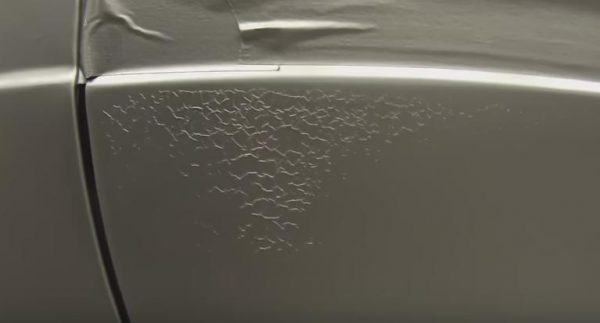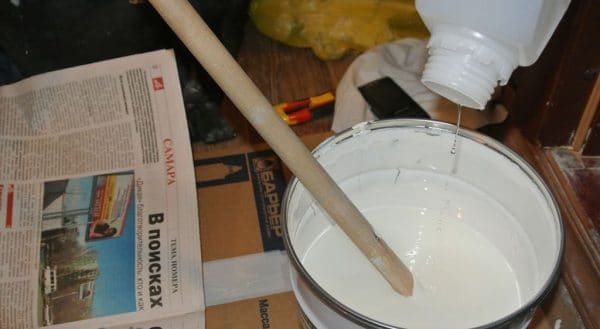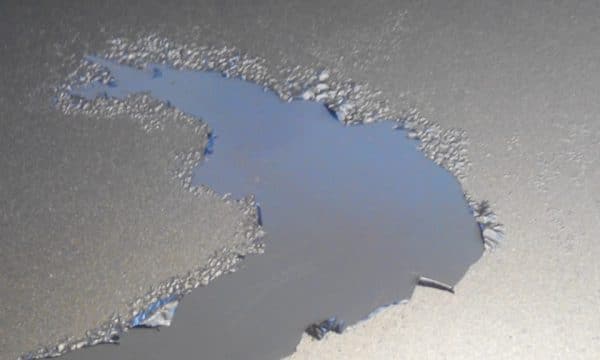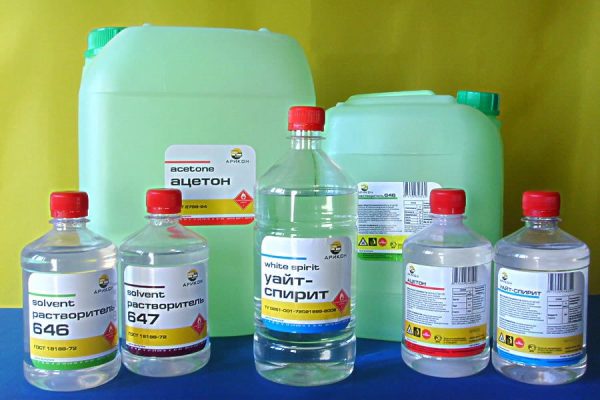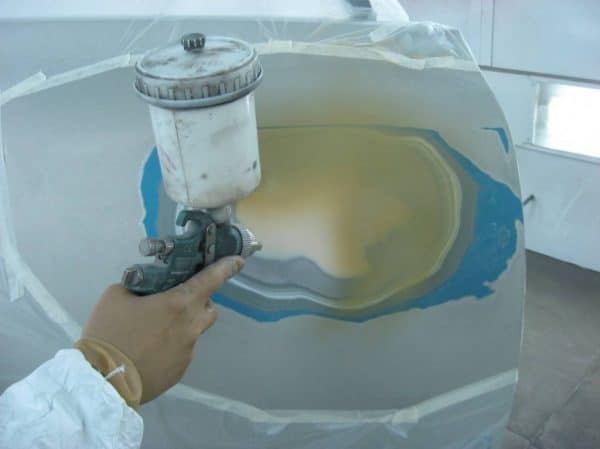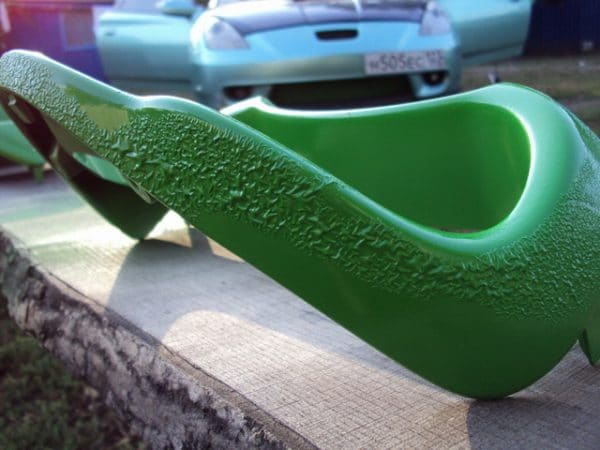When painting surfaces, an unpleasant situation sometimes occurs - paintwork material swells, folds or rises. The reason for the folding of the paint may be the use of low-quality material, although this is not the only prerequisite for such a phenomenon.
- Causes of Paint Coagulation
- What to do if the paint is curled
- Insulation of old coatings from solvents of new paint
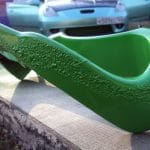
Causes of Paint Coagulation
The dried paint layer is a film of a certain thickness, having different physicochemical properties and strength, which closely interacts with the environment. Sometimes on old coatings or when painting a car or other products in several layers, the base begins to rise. Here are the main reasons for this phenomenon:
- Conflict with solvent. It is best to use the means recommended by the manufacturer for diluting the material. Otherwise, the fluid may contain substances that cannot be combined with the components of the paintwork. It happens that an inappropriate solvent causes the film to peel off or shrink during use. Solvents of the new paintwork can also negatively affect the layer of old paint: a chemical reaction causes the film to soften and rise.
- The contradiction between the layers. Often with repeated staining, the coating begins to coagulate and exfoliate. The likelihood of material lifting is also high if the second layer was applied before the drying of the first one (the degree of drying should be at least “sticky”). In a cold room, the solvent may not have time to weather, and the film will remain wet, then the final layer will begin to wrinkle.
- Violation of technology. If the surface of the product is heated, and the material is not designed to work at elevated temperatures, it will coagulate. With poor preliminary preparation - leaving unpolished areas, dirt, grease - the paintwork material will also not hold firmly. Some paints do not tolerate the lack of preliminary priming, especially when working on metal. The soil must also dry perfectly, otherwise the paint will swell with a high probability.
- Spoilage of paint. When coatings lose their viscosity, exfoliate, their shelf life expires, the consequences of application can be unpredictable. Paint can deteriorate when too much solvent is poured into it — it becomes like water and coagulates.
- Incorrect drying. In order to accelerate the drying of the paint, some use heat with a construction hairdryer or heat gun. Before carrying out such work, you must carefully read the instructions - it is possible for a specific type of paintwork, heating during drying is prohibited.
What to do if the paint is curled
If the swollen defect is small, you can try to get by with small restoration work:
- dry the material if it is still wet;
- grind with fine sandpaper;
- remove all protruding pieces, equalize the borders;
- paint the area again;
- dry the product, polish the problem area again.
In some cases, you can block the swelling of the paint with varnish. This method is suitable only with minimal peeling paint. Spray the varnish with a thin layer, dry it, repeat the work 2-3 more times. The created film will cover the defect and it will not expand.
When the exfoliated coating is quite extensive, you have to remove it completely, to bare metal. It is most reliable to do so, and then re-primer the surface and paint it. In the future, wrinkling can be prevented if each layer is made thin and wait for it to dry. When applied with a spray gun, do not stay in one place - you need to go through the areas quickly so that the film is uniform in thickness.
to contents ↑Insulation of old coatings from solvents of new paint
Sometimes on the processed surface there are several varieties of finishing materials - primer, putty, varnish, paint. To prevent the finish layer from deteriorating, it is recommended to use a special primer-insulator. In this case, the base will become even, homogeneous, will absorb the paint equally, and the risk of raising it will decrease. Also, the insulating primer evens out the color, which makes the product look more attractive.
Typically, insulators are epoxy primers or products based on polyurethane, polyester resins. Similar products are produced by many manufacturers of paintwork materials. Such primers are applied to the prepared base with a spray gun, and after half an hour the surface can be painted. The chemically impervious layer that creates the primer will be a great base for most types of paints. This will practically exclude the coagulation of the coating in the future and seriously increase its life.

